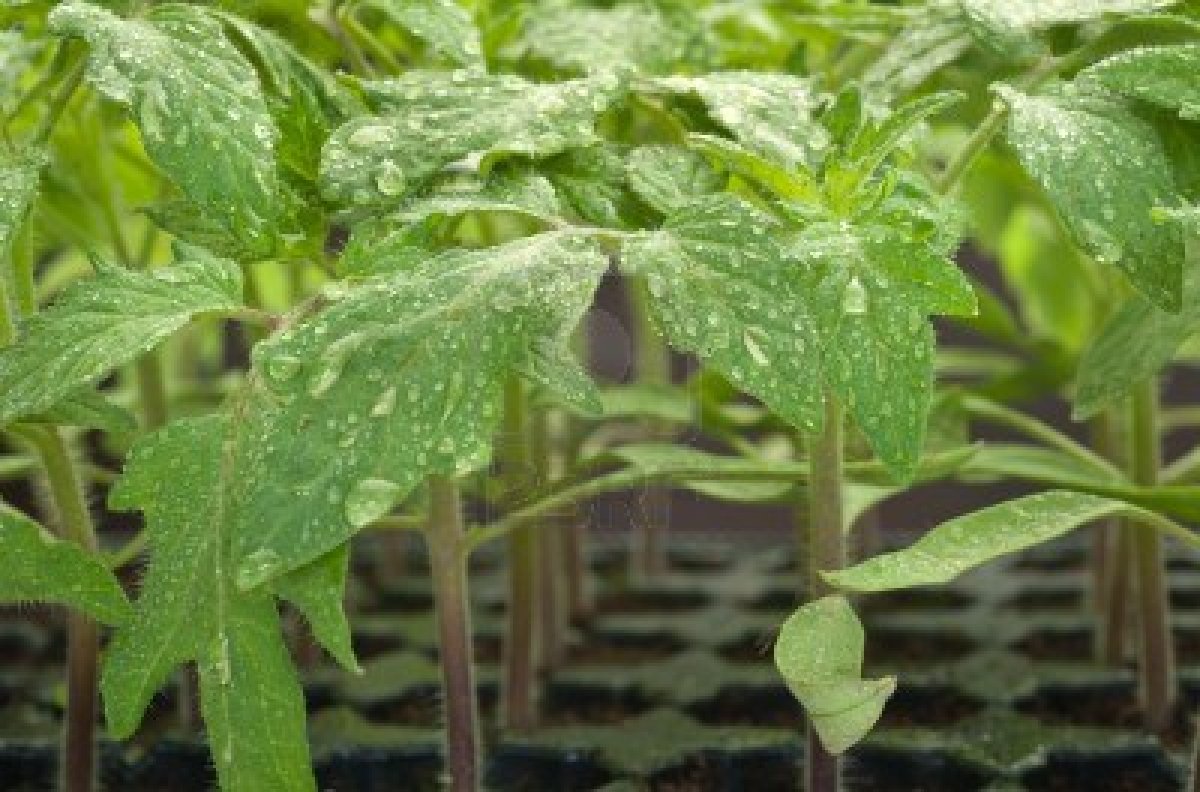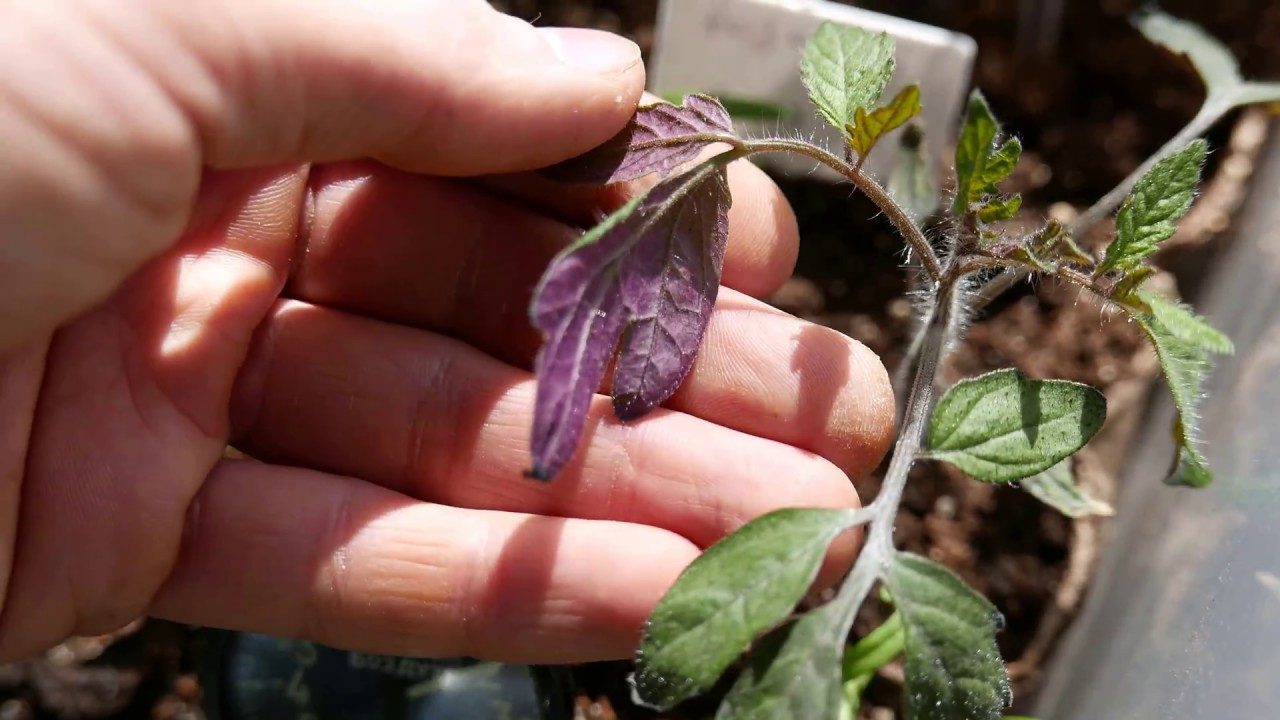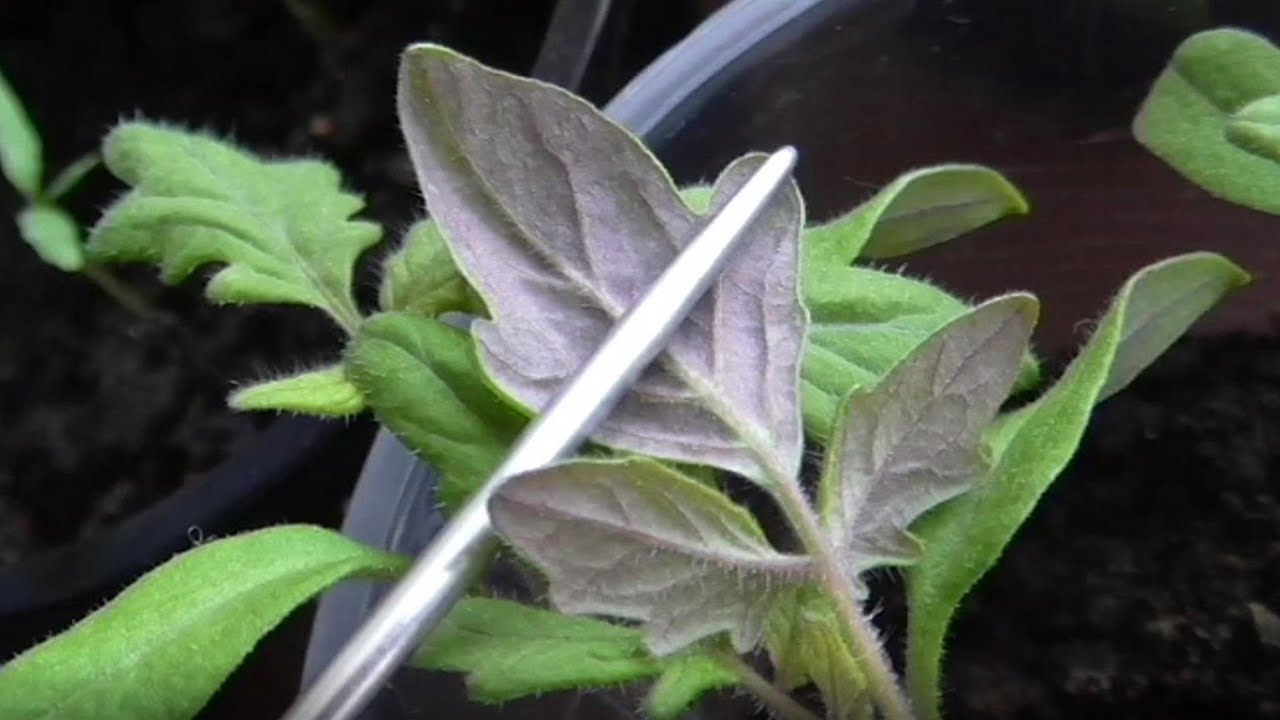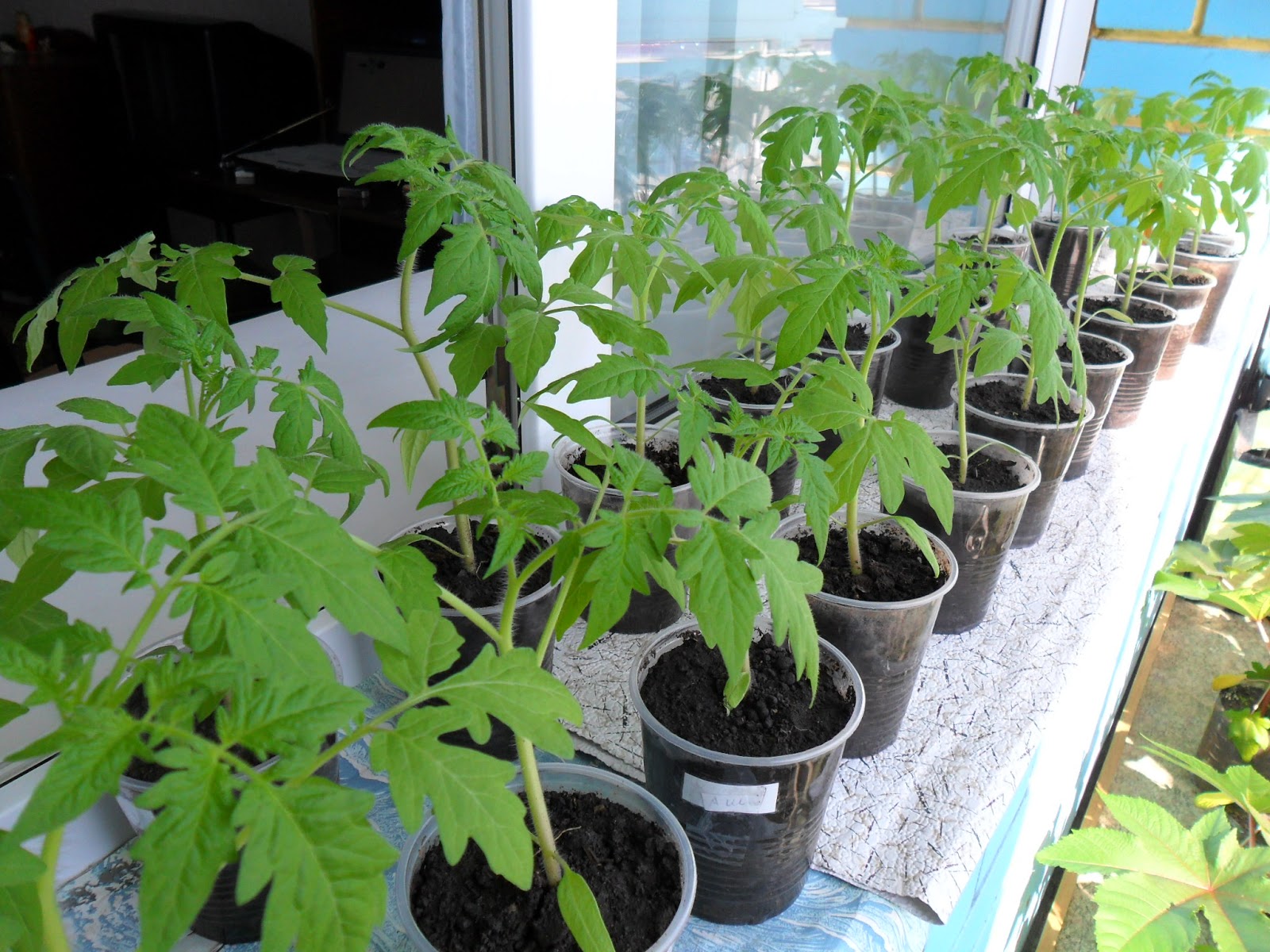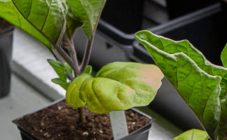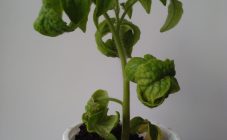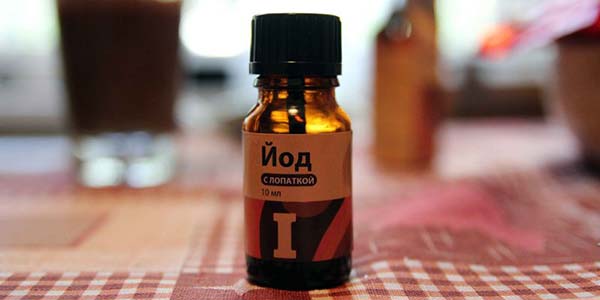Tomatoes, or tomatoes, occupy a strong position in the human diet. In addition to its high taste, this vegetable is attractive for its beneficial properties. Tomatoes contain a number of vitamins and nutrients. In addition to an impressive list of contained elements, tomatoes contain tyramine. In the course of metabolic processes, it is converted into serotonin, which is responsible for the general condition and mood of a person.
Taking into account the undeniable benefits of the product, there is a desire to have an environmentally friendly product at hand. The inability to trace the growing conditions of store-bought tomatoes leads to the idea of self-cultivation.
There are several options for growing a fertile plant. Acquisition of ready-made seedlings is considered faster and less labor-intensive. In this case, you can face unfair sale of another variety or get weakened or diseased plants. In this case, self-cultivation of seedlings is the best solution.
To obtain a fertile plant, you will need to strictly comply with the regulated norms of crop growth. Compliance with the irrigation regime, maintaining the required length of daylight hours, regular and competent application of combined preparations of organomineral fertilizers will allow to grow healthy plants, characterized by high productivity, and to get fruits that begin to blush on time.
Diseases of tomato seedlings
Like adult plants, tomato seedlings are susceptible to various diseases. Healthy tomato sprouts have evenly distributed green leaves and stems. Why do the leaves of tomato seedlings turn blue? A change in the color of the shoots indicates errors in the care of the seedlings.
Most often, color changes start from the lower leaves of tomatoes. The hue can be purple, bluish, or lilac. The bluish color of the stem begins to spread from the root area to the top. The appearance of an unusual blue color of the leaves occurs gradually, but it is the purple color that appears literally in a few hours. Seedlings of purple tomatoes what to do, you can learn from this article.
When observing such a color, measures should be taken immediately, understanding the causes of the phenomenon. Why do tomato seedlings have purple leaves on the bottom? The lilac color can turn blue or appear for only two reasons. This may be due to a change in air temperature or a lack of some elements in the soil layer.
Why are tomato seedlings purple and grow poorly? As practice shows, these reasons have a connection with each other. Why are tomato leaves purple? Changing the color of the lower part of the stem and leaves to a purple color means that the plants freeze and their growth is inhibited, therefore, there is less phosphorus consumption from the soil. Why do tomatoes turn blue and don't grow? Plants begin to freeze when the temperature drops below 14 ° C. With the onset of frost in the greenhouse, a similar picture may be observed. Restoration of normal temperature conditions (18-20 ° C) should lead to the return of natural color.
In the event that the measures taken to restore the warm balance did not change the situation, attention should be paid to the composition of the soil and applied fertilizers. Lack of phosphorus can cause a change in the appearance of tomato plants. In this case, the leaves of seedlings begin to curl along the veins, nestle against the stem. The stem becomes brittle and tough. The root system withers and eventually dries up.
For seedlings, phosphorus is one of the most important elements. It is required in many metabolic processes, acting as a source of energy. Phosphorus is responsible for the processes of root formation, accelerating the onset of flowering and fruit ripening. In addition, the element stimulates the formation of pulp, increasing sugar content. Young plants are able to store phosphorus, spending the reserve during the growth process.
You can make top dressing yourself, this will require:
- dilute 250 ml of superphosphate in 1 liter of boiling water;
- leave the solution to infuse for 10 hours;
- dilute the concentrate in 10 liters of water;
- water the plant with the resulting fertilizer at the rate of 0.5 liters per plant.
In addition to the root method, you can process seedlings by spraying the leaves with a 0.5% solution of phosphorus fertilizer. The use of wood ash and humate-based fertilizers gives a positive effect.
Bone meal is a natural supplement without chemical additives. You can also compost wormwood, hawthorn, feather grass, rowan berries, and thyme. This fertilizer will be sufficient as a source of trace elements. The listed plants contain large amounts of phosphorus.
However, an excess of phosphorus is also dangerous. Attempts to over-saturate the soil will lead to yellowing and dropping of leaves, the appearance of necrotic spots of various shades of brown.
In addition to these reasons, there are diseases characteristic of young seedlings. They can be divided into 4 groups: fungal, infectious, bacterial and "non-infectious" diseases caused by an excess or deficiency of minerals.
Infectious diseases manifest themselves by the appearance of a characteristic plaque, thinning of leaves and stems, necrotic spots or in the form of putrefactive processes of the root system. In addition to the defeat of plants by fungi or bacteria, infection with various parasites can occur. Pests are able to destroy the entire tomato crop in a short time. To determine the reasons for the change in the state of plants, it is necessary to regularly inspect the crops for the presence of laid eggs, larvae or adult insects.
The external manifestations of an imbalance of chemical elements are similar to other diseases. However, the normalization of nutritional components restores the natural appearance of plants. Initially, you should inspect the plant, noting in which part the problems are observed. If the color spreads from the bottom up, then there is a high probability of a lack of nutrients.
Essential for the normal growth of the tomato, nitrogen is responsible for the condition of the leaves and the redness of the fruit. The formation of smallish pale leaves is observed with a lack of it. Excessive nitrogen application also damages the plants. Oversized leaves, a thick trunk, little or no ovaries mean an excess of nitrogen in the soil.
Do not forget about the harmonious introduction of other trace elements. Lack of potassium leads to a decrease in the immune system, making plants more susceptible to infections, adverse conditions, and reducing the palatability of the fruit. With a zinc deficiency, it becomes impossible to assimilate phosphorus, since this element is responsible for the processes of phosphorus metabolism. You can fill the zinc deficiency by spraying the leaves with an aqueous solution of zinc sulfate.
The maintenance of vegetative processes depends on the amount of magnesium. Responsible for the processes of chlorophyll synthesis, magnesium regulates photosynthetic activity. Foliar application by spraying with a 0.5-1% solution of magnesium sulfate will support the active growth of tomatoes. Molybdenum is involved as a regulator of all processes of phosphorus and nitrogen metabolism. It is also involved in the formation of chlorophyll and nitrogen fixing activities.
When color changes spread from the tip of the stem, affecting newly formed leaves, deficiencies in calcium, boron, sulfur, iron, chlorine and manganese may be observed.
Calcium deficiency may be behind the development of apical rot. In addition, it is responsible for the formation of the root system, affecting the general condition of plants. The formation of sunburn on fruits can also be caused by low calcium content in the soil.
Responsible for the process of pollination and fertilization, boron becomes necessary to obtain a bountiful harvest of red tomatoes. In addition, it stimulates resistance to pathogens, takes part in carbohydrate and protein metabolism.
The fragility and thinning of the stems can be triggered by the lack of sulfur. Being a part of amino acids necessary for building tissues, sulfur regulates the supporting functions of stems and leaves.
The yellowish lightened color of the leaves can be the initial stage of chlorosis. Iron replacement can be achieved by treating tomatoes with complex preparations.
The lethargy of young leaves in rare cases can be caused by a lack of chlorine. The clinical picture of the lack of manganese in the tomato diet is similar to the manifestation of a viral mosaic. Manganese is necessary in the process of photosynthesis, metabolic processes of proteins and carbohydrates, it is an activator of the work of enzymatic systems.
Uneven yellowing of tomato leaves can occur with an increased concentration of salts in the root zone. When the soil layer is saturated with organic matter, sodium and potassium salts accumulate. In this case, the frequency should be increased, but the abundance of watering should be reduced for a faster washout of excess salts. Over time, the stains that form will dry out and disintegrate. New leaves will not dry out, they will begin to form without the external manifestation of satiety with salts.
Consequences of untimely treatment
Untimely implementation of measures to restore the mineral composition of the soil can result in the death of all planted seedlings. The absence of some elements, such as manganese and magnesium, will lead to structural molecular damage to cellular elements. The lack of elements can affect the formation of chlorophyll, which is responsible for converting the energy of sunlight. The lack of chlorophyll appears as pale or yellow patches on the leaf blade.
If the signs of sulfur deficiency are ignored, seedlings can be ruined, as the stem will not be able to cope with the weight of the forming leaves and future fruits. Part of building proteins, sulfur is responsible for the supporting function of tissues. The fragility of the stems will lead to breakage as the fruit gains weight.
A decrease in fertilizing capacity, as well as a decrease in the formation of ovaries due to a lack of boron, will lead to excessive development of barren flowers. In this case, in addition to a low yield level, there will be a weakening of the immune system and, as a result, an increase in susceptibility to pathogens of fungal or bacterial infections.
As well as deficiency and excessive fertilization with mineral salts can lead to negative manifestations. By pulling the concentration of water from the tissues and organs of the plant, the excess of salts will provoke the drying and death of the leaves, and subsequently the stem.
Summarizing all of the above, we can say that growing tomatoes is a very complex and painstaking process. A violation of the temperature regime can cause the formation of a blue color of seedlings.In addition, a deficiency of one of many trace elements can provoke the formation of a non-standard color of shoots. The lethargy of the leaves, their twisting, fibrous and squeezing of the stem, slowing down the growth of the root system without timely treatment will lead to weakening of the plants, followed by the death of the crop. Lack of nutrient balance will lead to waste of time and money spent on growing seedlings.
